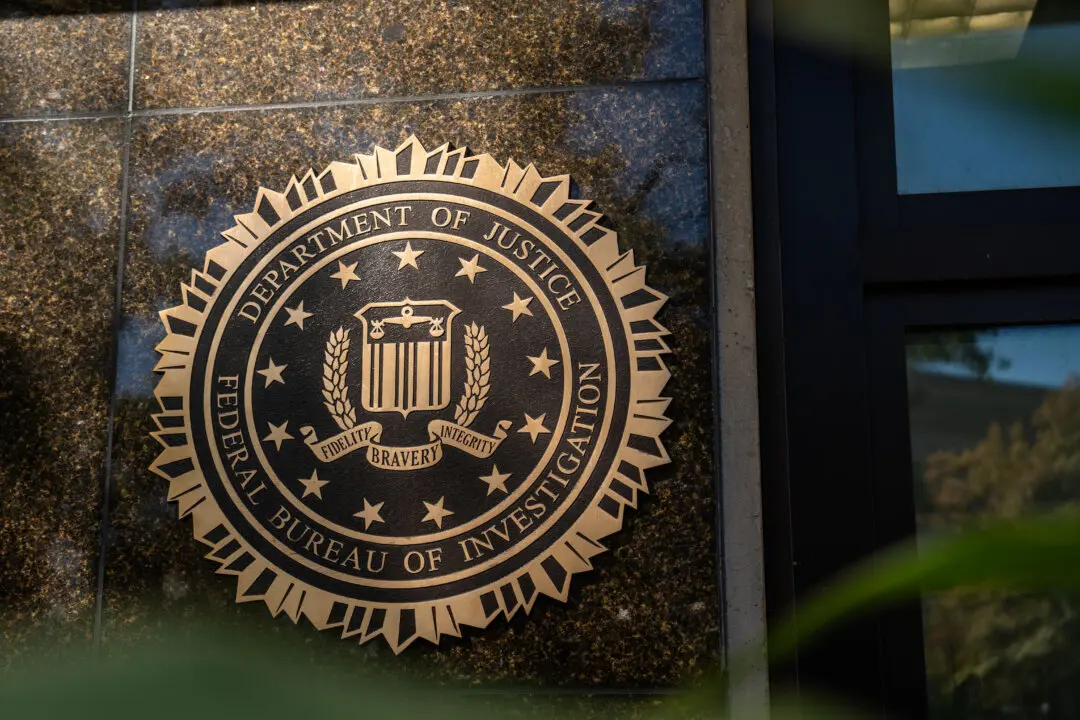The number of data breach victims in the United States surged by almost five-fold during the January–June period this year, mostly due to a few large hacking events that affected millions of people, according to the nonprofit Identity Theft Resource Center (ITRC).
There were an estimated 1.07 billion data breach victims in the first half of 2024, which was a 490 percent increase from the same period last year, the ITRC said in a July 17 statement. The majority of victims, more than 1.04 billion, were announced or updated in the second quarter. For instance, the breach at cloud data storage firm Snowflake accounted for more than 900 million victims in the second quarter, while software firm Infosys McCamish System updated its victim count from around 84,000 in February to 6 million in the second quarter.





